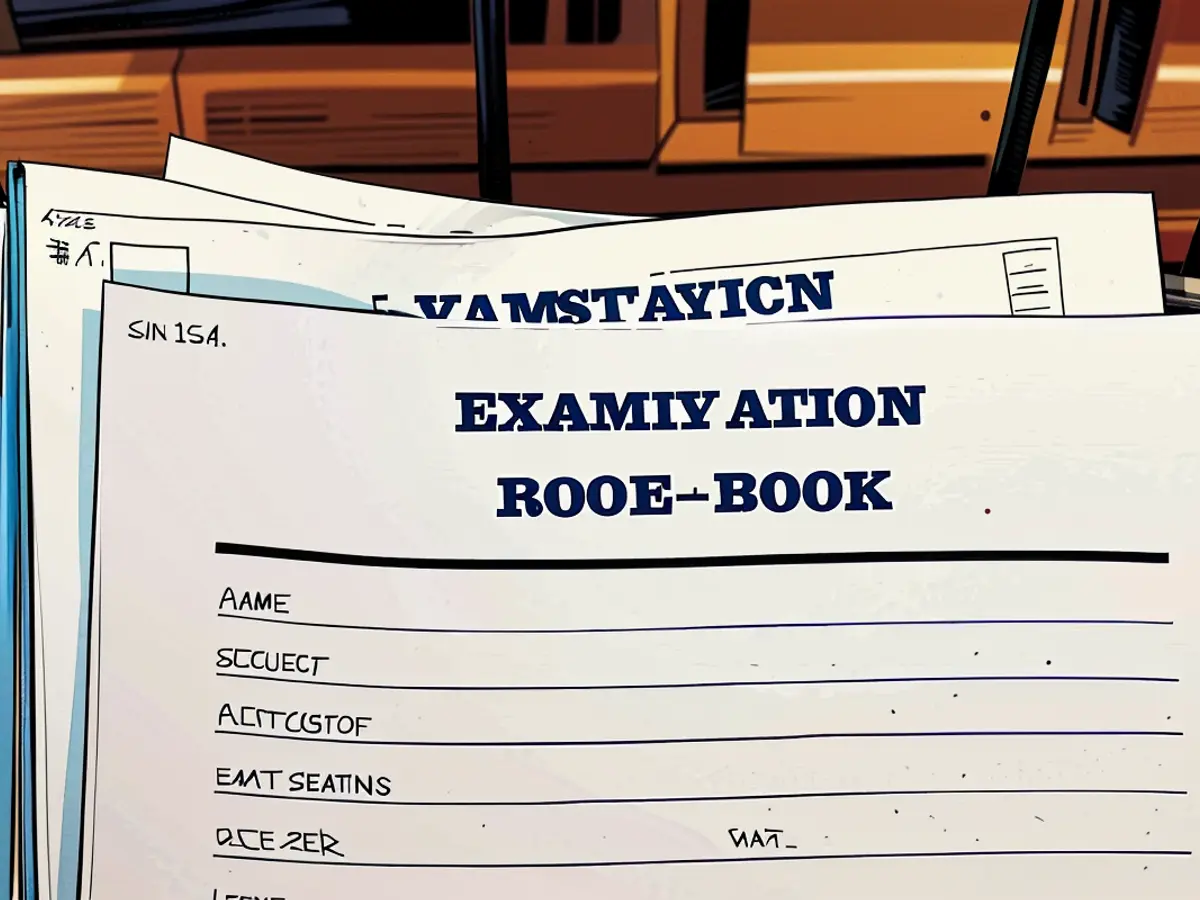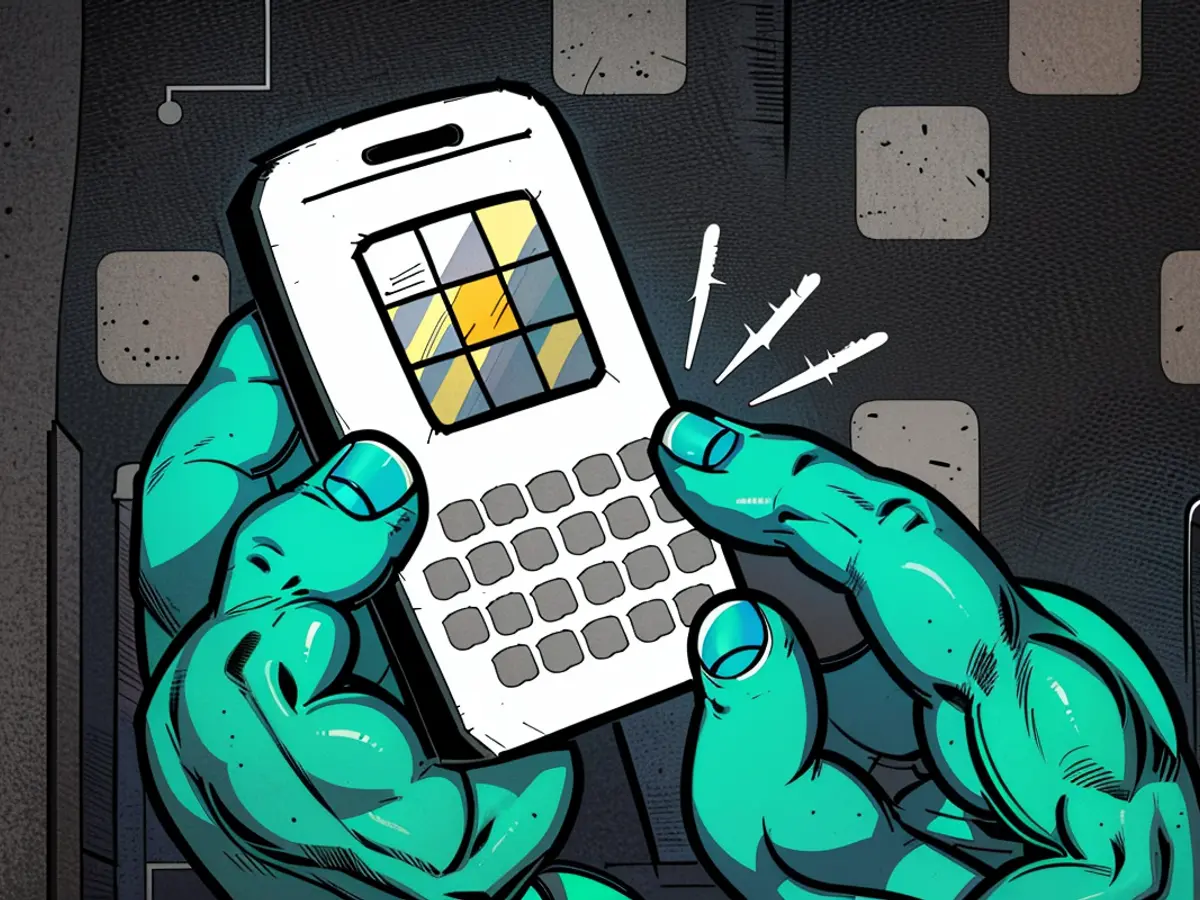Utilize the 'Feynman Technique' to Assess Your Preparedness for an Examination
Learning strategies often focus on what you can do individually to enhance your understanding, but bringing another person into the mix can also be beneficial. This idea resonated with theoretical physicist, Richard Feynman, allegedly. Many sources claim that Feynman once said, "If you can't explain something in simple terms, you don't truly grasp it. The best way to learn is by teaching." However, whether Feynman actually said this is up for debate.
The most substantial documented quote I could find, attributed to Feynman's colleague and fellow physicist, David Goodstein, states that Feynman's inability to simplify a complex topic (such as particle physics) for a beginner indicated that the subject was not fully understood within the scientific community.
Whether Feynman coined this method or not, the fundamental concept—that true comprehension requires the ability to teach—has merit. This is how the Feynman learning method works and how you can utilize it to conquer new concepts:
What is the Feynman method?
The Feynman learning technique is so widely recognized for its effectiveness in knowledge retention that it's recommended for college students and even professionals in the real world. It's a four-step method designed to help you fully comprehend the material. Here's how it works:
- Determine the material you need to learn by employing strategies like KWL or SQ3R to identify key aspects of the subject before diving in. Then, study the material using techniques that work best for you.
- Once you feel confident, teach the material to someone else—ideally, someone who has no prior knowledge of it. Explain it as though you're talking to a novice, going into detail as thoroughly and straightforwardly as possible.
- Return to your source material whenever you encounter a challenging aspect that you struggle to explain in detail.
- Restructure and simplify your notes, breaking down complex topics into simpler parts and clarifying the topic until you reach a rudimentary level.
When you're explaining the topic, give the other person ample opportunity to ask questions. This can help you refine your existing knowledge or identify any gaps.
How the Feynman method works
The heart of this technique lies in the process of dissecting and simplifying the material until you believe you could explain it to a child. As Goodstein's account demonstrates, Feynman believed that if you couldn't break down a topic to a level comprehensible to a child, you hadn't truly grasped it. (A similar sentiment has also been attributed to Albert Einstein—although there's no concrete evidence that Einstein ever expressed this idea either.)
You can apply this technique by teaching the topic to an adult who's new to it—or even by simplifying the material yourself in essay form. The ideal situation would involve teaching the topic to someone who could provide feedback, such as asking a question you can't answer or helping you see connections between concepts during conversation. This feedback will aid you in the review process, as you'll have additional points to consider. In a pinch, a language model like ChatGPT can serve as a substitute, asking follow-up questions to help you further refine your notes.
Once you've simplified your notes, consider teaching the topic to someone else or moving on to another technique, like distributed practice or overlearning, where you study your simplified notes periodically to fully assimilate the material.
After recognizing the benefits of learning through teaching, Feynman's family often engaged him in explanations of complex scientific concepts, allowing him to hone his skills further. Applying the Feynman learning technique at home, Feynman would breakdown these phenomena into simple terms, ensuring his family fully understood the concepts without feeling overwhelmed.








